The SATO Project
The SATO project relies on a modular architecture with a multi-layer structure. This architecture enables end-to-end interaction between actors, smart software services, building automation equipment and building energy consuming equipment with emphasis on comprehensive energy monitoring, assessment and optimization capabilities.
1. The SATO Platform
A building self-assessment enabler that uses IoT sensors and actuators that seamlessly integrate with traditional BMS systems and current smart home/smart device systems.
2. The SATO Services
Translate the platform self-assessment capabilities of buildings into AI enabled optimization for improved building energy and flexibility management.
Pilots
The project includes eight pilots in three climate regions (Mediterranean, central and northern Europe), where The SATO platform will be deployed and tested.
Pilots involve control, assessment and optimisation of systems with long (SATO-BMS) and shorter lifecycles (SATO-APL), testing several types of operating modes and user settings and user types (residential, services and retail).
The demonstrators aim at showcasing the seamless integration of the developed SATO solutions in diverse building typologies while various types of domestic appliances will be part of the demonstration activities.
| Country/ Region | City | Type | Climate | SATO-APL | SATO-BMS | BIM Model | BaB Storage | Natural Ventilation | Compare Bldgs / Apts. |
|---|---|---|---|---|---|---|---|---|---|
| Denmark | Aalborg | Residential Multi Apt. | Cold | ● | ● | ● | ● | ||
| Italy | Milan | Residential Multi Apt. | Interm. | ● | ● | ● | ● | ||
| Portugal | Seixal | Residential Multi Apt. | Warm | ● | ● | ● | ● | ||
| Denmark | Aalborg | Municipality Office | Cold | ● | ● | ||||
| Austria | Aspern | Office Building | Interm. | ● | ● | ||||
| Portugal | Seixal | Municipality Office | Warm | ● | ● | ● | |||
| Portugal | Lisbon | Public Library | Warm | ● | ● | ● | |||
| Iberia | Lisbon, Madrid | Four Stores | Warm | ● | ● | ● | ● | ● |
Impact
The impacts of the project will be visible in the 10 demonstration pilots, in several areas.
A total of more than 2GWh of Primary Energy savings per year of building operation.
Trigger more than 8M€ of investments in sustainable energy and smart building technologies.
Implement real time BIM based visualization of energy performance and energy consumption.
Continually update the Smart Readiness Indicator (SRI) of the buildings.
Reduction of 15% in energy consumption and energy costs.

